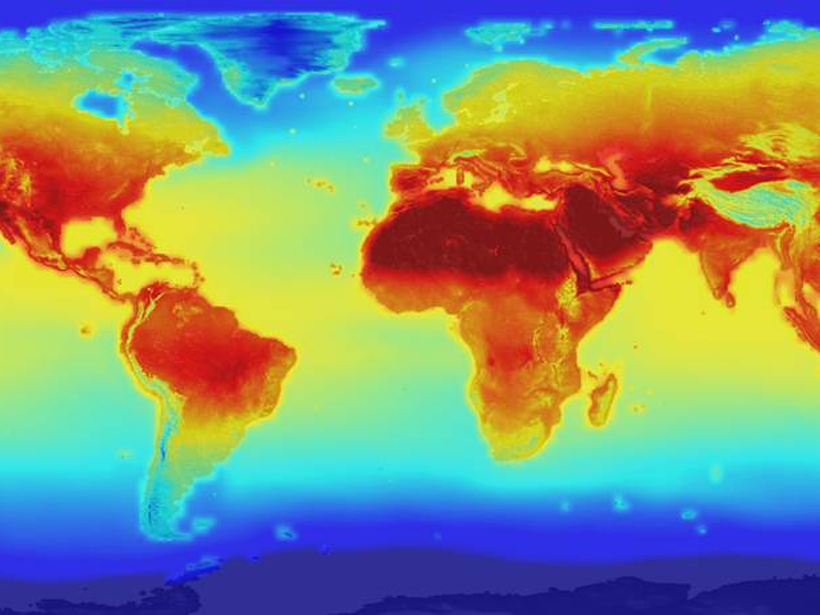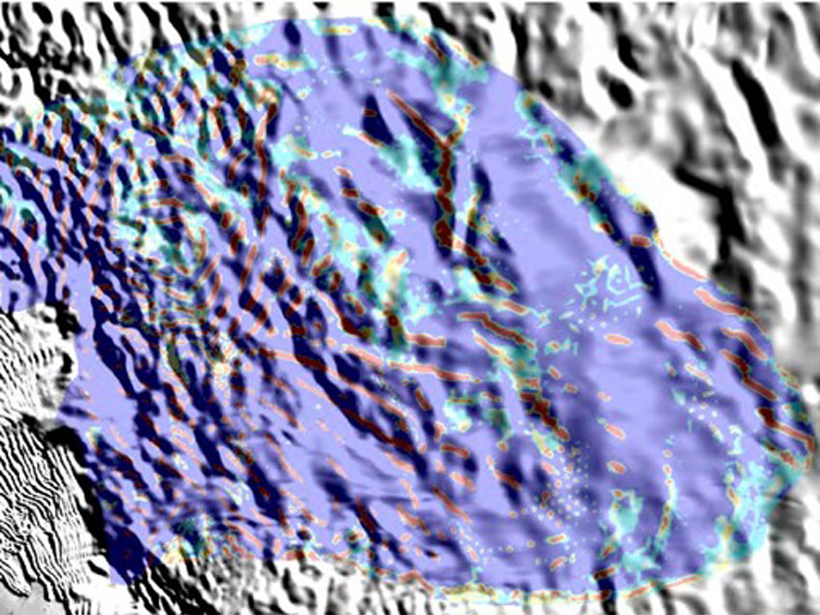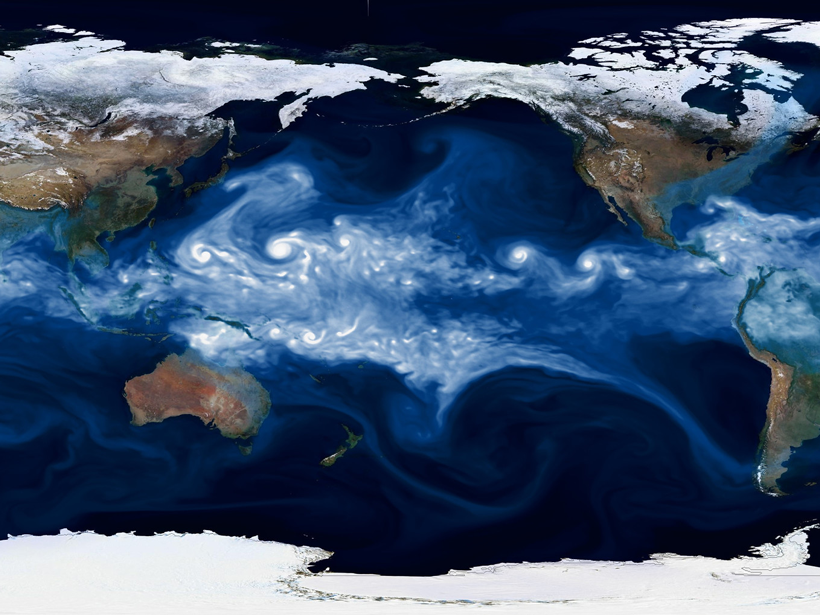Reduced greenhouse gas emissions for a year or two won’t slow down climate change, but they may throw off scientists’ ability to model short-term phenomena.
Modeling
Ensemble Learning Estimates Terrestrial Water Storage Changes
Ensemble learning models for estimating past changes of terrestrial water storage from climate are presented and tested in the Pearl River basin, China.
Modeling: A Powerful and Versatile Tool in Glaciology
Papers are invited for a new special collection presenting advances in modeling in glaciology that improve understanding of glaciers and ice sheets and their interactions with the Earth system.
Is Space Weather Worse by the Sea?
A new simulation of space-weather driven geoelectric fields at the land/sea conductivity boundary shows how these fields are magnified by both coastal effects and inhomogeneous land conductivity.
Clearing the Haze Around Aerosol Assessments
An international gathering of scientists discussed the state of the art in assessments of how aerosol particles in the atmosphere affect Earth’s climate.
Urban Land Could Increase Sixfold by 2100
Experts agree that as urbanization continues through the 21st century, cities need to focus on sustainable development to meet climate goals.
How to Improve Space Weather Forecasting
The field of space weather forecasting could take cues from its Earthly counterpart to increase the reliability of models as well as warning times ahead of inbound solar storms.
El Agua Subterránea es la “Conexión Occulta” Entre la Tierra y el Océano
La importancia del agua subterránea dulce para los ecosistemas costeros es revelada utilizando el primer modelo numérico a escala global.
Teaching Machines to Detect Climate Extremes
Artificial intelligence can be used to analyze massive amounts of data from climate simulations, but more training data are needed.
Is Climate Variability Organized?
Most climate variability is organized by a simple principle—scaling laws—allowing us to understand past and future climate change.










